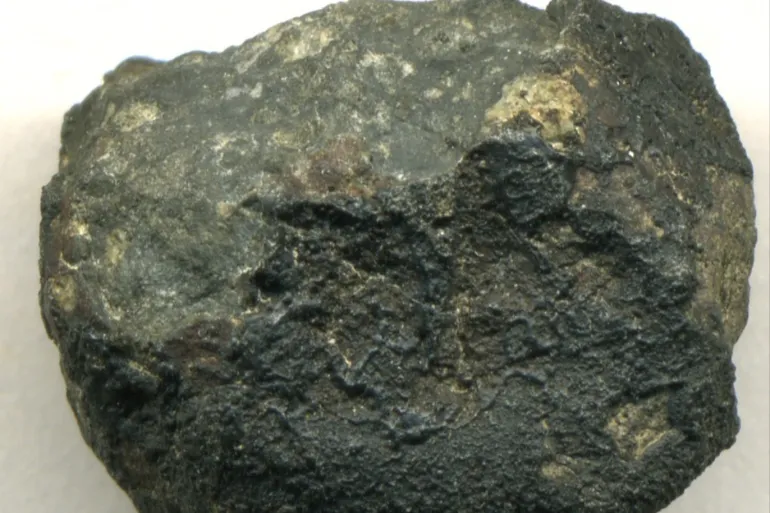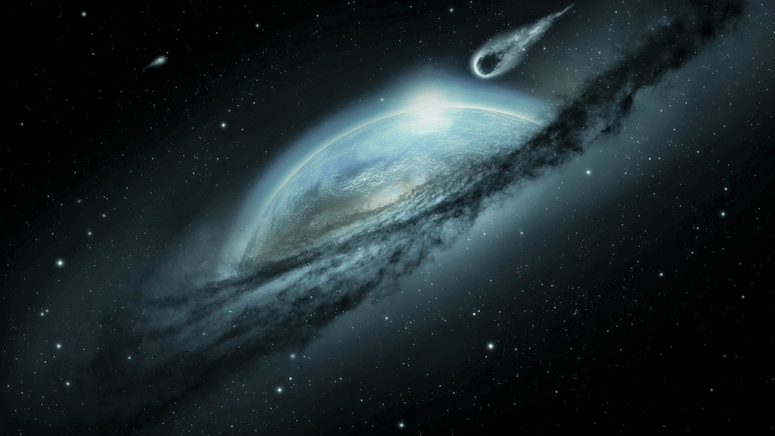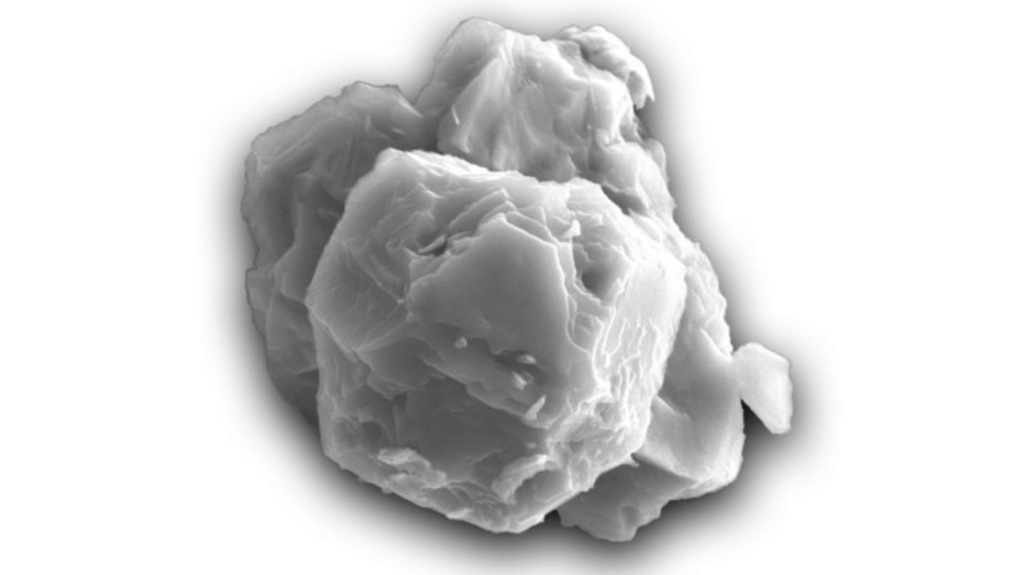The discovery of a rare meteorite complex older than the solar system

Fragment of the Elende meteorite in which prestellar grains were found (Wikimedia Commons)
A recent study, published on January 27 in the journal Nature Astronomy, presented an analysis revealing evidence of the presence of a rare compound within the "interstellar grains" in one of the space rocks belonging to the Allende meteorite.
Scientists have not previously believed in the possibility of the existence of such a compound, in terms of its age, which precedes the age of our solar system, and in terms of its fusion mechanism with the components of space rocks.

Older than the solar system
Scientists from the Department of Physics and the McDonnell Center for Space Sciences at the University of Washington, USA, have discovered the existence of "interstellar grains" - defined as very small fragments of solid "interstellar" matter - that precede our solar system.
The grains were found within a space rock from the remains of the Allende meteorite that fell in a shower of fiery fragments half a century ago into the Mexican desert in 1959, ending an epic journey that lasted billions of years and maybe much more.
The researchers called them "pre-stellar grains", which range between five and seven billion years old, meaning that they predate our solar system, which is estimated to be only 4.6 billion years old, a discovery that puts us in front of a material dating back to the pre-primitive period in space science.
New installation
The researchers discovered that these "prestellar grains" have a composition different from what we know of interstellar materials, as they consist of silicon carbide (SiC) fused with meteorite components.
Scientists have explained this based on the concept of the formation of the solar system, that these grains were not able to remain independent under the conditions that prevailed in that period of high temperature - which exceeds 1500 Kelvin (1227 degrees Celsius, 1 degree Celsius equals 273 Kelvin).

The age of the prestellar granules ranges
This heat was accompanied by a large concentration of burning gases and dust, which necessitated their fusion with a mineral mixture rich in calcium and aluminum, which is considered one of the oldest solid materials formed in the solar system.
solve the puzzle
The team of researchers relied on the analysis of noble gas isotopes to study the formation and evolution of the early solar system, and they had twenty milligrams of "Curious Marie" rock, one of the pieces of Comet Allende to work on, which is a relatively large sample from the perspective of cosmic chemistry.
They heated it gradually, and measured the composition of four different noble gases that were released in successive stages depending on the target temperature. All results indicated the presence of an unexpected chemical mixture of silicon carbide fused in a medium of calcium and aluminum.
Noble gases are a group of chemical elements with similar properties, in extreme conditions they are all odorless, colorless, and single atoms, in addition to their chemical effectiveness being very low. The noble gases include helium, neon, argon, krypton, xenon, and the radioactive radon.

The Curias Mare rock is a special piece of the Allende meteorite and is in the collection of the Robert A. Pritzker Center for Meteorology and Polar Studies at the Chicago Field Museum, named in honor of chemist Marie Curie.
This study opens the door to several questions about the validity of the current theories about the origin of the solar system and the conditions associated with it, which calls for more intensive research on these "pre-stellar grains" and their distribution in the categories of primitive meteorites and their relationship with other meteorites.
Source: websites

